Mercury Project Findings: Boosting Boosters at Scale
Over the course of the past three years, the Social Science Research Council’s Mercury Project has supported 18 research teams around the globe in evaluating interventions designed to increase vaccination and other evidence-based health behaviors. We are excited to now present the many policy-relevant and actionable insights from their projects.
A Mercury Project team conducted a mega-study to assess the effects of offering a free ride to vaccination sites and SMS reminders on vaccine booster uptake rates, targeting over 3 million CVS Pharmacy patients with texts crafted by an interdisciplinary team of behavioral scientists, including economists, psychologists, and physicians.
This work was recently published in Nature and is part of our Mercury Project Findings series on SMS-based Interventions.
The problem
During the Covid-19 pandemic in November 2022, only 11% of Americans had received both their Covid-19 vaccine and recommended follow-up booster. Increasing booster uptake rates could help avoid hundreds of thousands of hospitalizations and deaths from Covid-19 and other diseases in the coming decades. While there are numerous potential barriers to booster access and uptake, a well-studied, cost-effective method to overcome some of these barriers is the use of SMS reminders that relay that a vaccine is “reserved” for you.
Building on this work, the Mercury Project’s Boosting Boosters at Scale team tested the effectiveness of 8 different behaviorally informed text-based reminders, targeting adult pharmacy patients who had not yet received their Covid-19 booster, in partnership with CVS Pharmacy.
The intervention
Researchers selected 3,662,548 adult CVS Pharmacy patients in 65 US metropolitan areas who, according to pharmacy records, had received their initial Covid-19 vaccine but had not received a recent follow-up booster. Participants were randomized into eight different SMS reminder intervention groups or placed in a control (comparison) group who did not receive any texts during the intervention period.
All eight interventions consisted of an initial reminder and a follow-up reminder text sent one week later. One of the eight interventions included an offer for a free round-trip ride to a CVS Pharmacy via Lyft, a popular ride-sharing app. The other seven interventions consisted of a range of different strategies to encourage immunization, including conveying information about current rates of Covid-19 infection or providing information to combat inaccurate beliefs about vaccines. Researchers then evaluated whether individuals received the Covid-19 booster at a CVS site within 30 and 90 days of the initial text message.
Table 1. Eight different SMS strategies were deployed to over 3.6 million U.S. pharmacy patients
Results
All eight interventions significantly increased booster vaccination rates within 30 days of deployment. Booster rates increased by an average of 20.6% across all eight interventions. The impact of individual interventions on regression-adjusted percent of participants boosted relative to the control group are presented in Figure 1 below, with a 0.26 percentage point difference between the most and least effective intervention. Impacts to booster uptake rates at 90 days were similar, though smaller in magnitude, to those at 30 days.
The team examined whether offering a free ride to patients’ pharmacies (Intervention 2) would yield the largest impacts to booster rates. However, the offer of a free, round trip Lyft ride did no better than any of the behaviorally informed text message reminders. The three top-performing interventions included:
- Suggesting a time and location for the participant’s Covid-19 booster that matched the time and location of their last vaccination (Intervention 3).
- Providing information on current infection rates (Intervention 4).
- Sharing a message from the patient’s local pharmacy team (Intervention 5).
These results suggest that although offering free ride-sharing services to pharmacy sites is not a cost-effective intervention, sending text message reminders based on behavioral science insights is an inexpensive and effective way of increasing vaccination rates.
Figure 1. Effect of each text message intervention on COVID-19 booster uptake within 30 days of deployment
The team investigated whether the effects of the Covid-19 booster text message reminders would “spillover” to flu vaccinations as well. Indeed, on average, the eight tested interventions increased flu vaccination rates by 7.62% on average within 30 days of SMS deployment, with each intervention significantly improving flu vaccination rates compared to the control group.
The team also examined whether the effectiveness of the interventions differed based on patient characteristics. They found that reminder-only interventions (all interventions excluding Intervention 2) were most effective for older and male participants, participants with Medicare coverage, and participants who had received one previous booster.
Figure 2. Effects of reminder-only SMS interventions on COVID-19 booster uptake based on patient characteristics
Lastly, the team explored whether experts and laypeople could correctly predict which interventions would be most effective. Both experts and laypeople incorrectly predicted that offering participants a free ride to their pharmacy would be the most effective method of increasing Covid-19 booster uptake.

